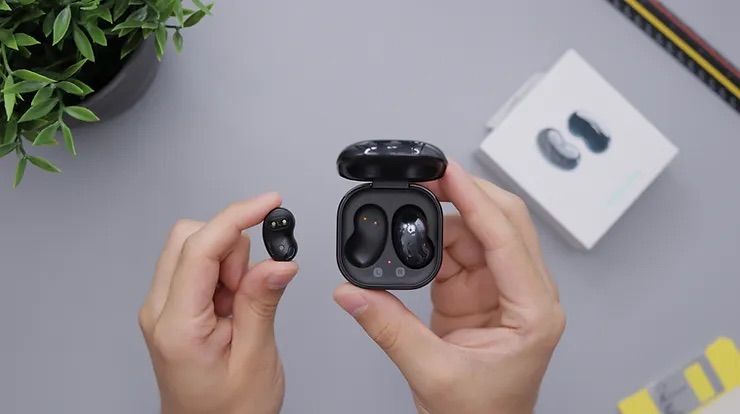There are different styles of hearing aid(s). Some devices are bigger than others and there are typically a variety of options appropriate for any one person. Ideally, you should get the style of device that is most appropriate for your degree of hearing loss. Other confounding variables may make some styles more appropriate than others (e.g., as the hearing aid gets smaller, the batteries and other components also get smaller and this may be difficult for those with arthritis and/or numbness in their fingers to manipulate). However, if you have certain preferences for the appearance of the device, this can usually be addressed during your hearing aid evaluation. Your audiologist should explain the pros and cons of different styles of devices for your particular situation, but you will ultimately decide which style is best for you given these variables.
Hopefully this has provided some food for thought when guiding your decision to obtain hearing aid. Do not hesitate to discuss your concerns with your audiologist. We are here to guide you in this process.

